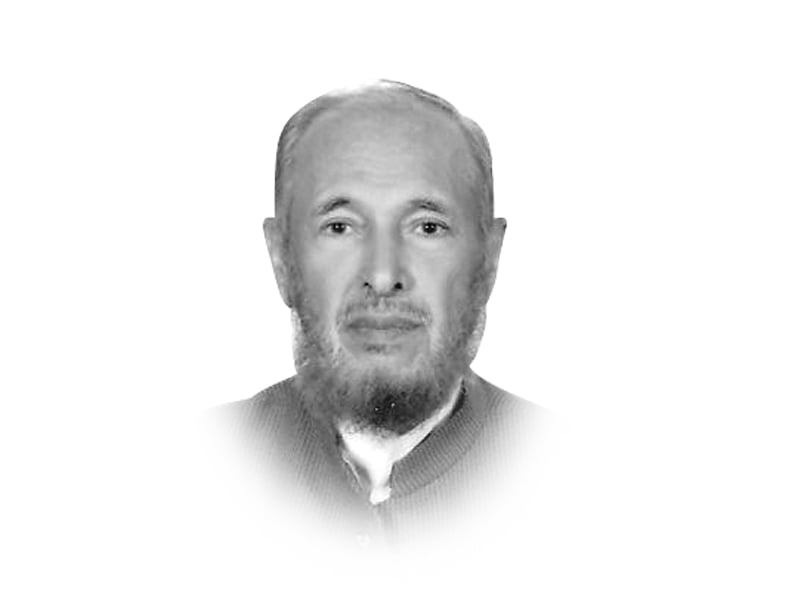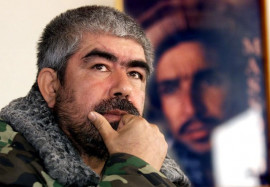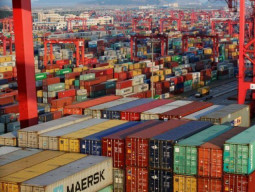

In their wilderness years — driven out of power by the US for sheltering and not giving up Osama bin Laden — the Taliban leaders found it very difficult to procure the support they were looking for. They went from pillar to post, shattered, driven to despondency and unsurprisingly, some of them, like Wakil Ahmed Muttawakil and Hakim Mujahid, surrendered, unable to bear the unending hardship of the life of destitutes who were being hunted all the time.
Showing remarkable resilience and superhuman fortitude, the bulk of the Afghan Taliban leaders and supporters, however, survived and went on to put in place a defiant campaign of resistance against one of the most lethal and potent military machines that the world has assembled, for many years. The fierce resistance took many military strategists by surprise because, until late 2003, it appeared that the Taliban were consigned to the dustbin of history and that Afghanistan would now be a US outpost, to be ruled by its proxies and its ‘enlightened’ representatives, and that the country would be a US dependency, to be used in advancing its politico-military objectives in the region.
The Taliban resistance endured and gained strength as the years wore on. All stratagems — from inducements to power and money were offered; many individuals engaged in moves to earn their support or win their loyalty to the ‘new scheme of things’. But most of these stratagems did not produce the desired results.
The year 2014 was the deadliest insofar as attacks on Afghan and coalition forces were concerned. This was ominous as the coalition forces had thinned out and were on their way to exiting the country. But now comes a bombshell for the Afghan Taliban. Their supremo has been dead for two years. The movement would now be waging a struggle for the first time without a leader who all paid allegiance to and who defied the West and indeed the world, engaging a superpower in the longest war in its history by relying on rifles, improvised explosive devices, rockets and on radicals ready to be killed for a cause which they believed was just.
What will change for the Afghan Taliban now? Undoubtedly, they face their darkest hour and gravest challenge. The challenge is not one of appointing a successor, but of a different type. The Taliban are faced with an existential threat to their unity. There is a danger, whether and to what extent, they would retain their puritanical values and norms.
Mullah Mansoor’s accession to leadership is not going to resolve the fundamental issue of fostering unity in the ranks of the Afghan Taliban. Nor will it settle the more important question of whether they would continue along the trajectory of resistance that has defined the Taliban’s uncompromising attitude and vision for the future of Afghanistan. Any Taliban leader, who is suspected of having forged any links with external actors, would not carry conviction with hard core activists who are engaged in the insurgency inside Afghanistan. Mullah Mansoor faces multiple and perhaps insurmountable obstacles as he tries to consolidate power. Ensuring unity is one of these; winning over the support of the Taliban shura is another. Shedding the image of a leader who is too close to Pakistani officials is perhaps the most demanding challenge. If the cadres in the field develop any notion of their leader’s contacts with external forces, they would lose their motivation to fight. That will be the biggest challenge for the Afghan Taliban.
Mullah Omar projected an image of a leader who would not be a partner, a confidante or an ally of external forces. That image helped sustain him at the helm of the Taliban with his leadership remaining unchallenged as it induced total subservience and complete faith in his policies. The new incumbent, far from being firmly in the saddle, is seriously handicapped because his mettle and commitment have to be established in the ranks of the cadres, who nurture deep misgivings about his credentials to replace a leader like Mullah Omar.
If the dilemma is not resolved soon and a clear policy not outlined along the lines of that of Mullah Omar, there will, inevitably, be divisions in the ranks of the Afghan Taliban. That would herald the advent of a new era in the troubled history of a troubled nation. The emergence of many commanders, when the central authority loses control, is fraught with dangers. The country can slide into lawlessness as it did when the Rabbani government was confronted by warlords in the period between 1992 and 1996. Then mayhem and chaos took hold, creating conditions that enabled the Afghan Taliban to take control of the country. Momentous developments loom on the horizon.
Published in The Express Tribune, August 4th, 2015.
Like Opinion & Editorial on Facebook, follow @ETOpEd on Twitter to receive all updates on all our daily pieces.











































COMMENTS (11)
Comments are moderated and generally will be posted if they are on-topic and not abusive.
For more information, please see our Comments FAQ